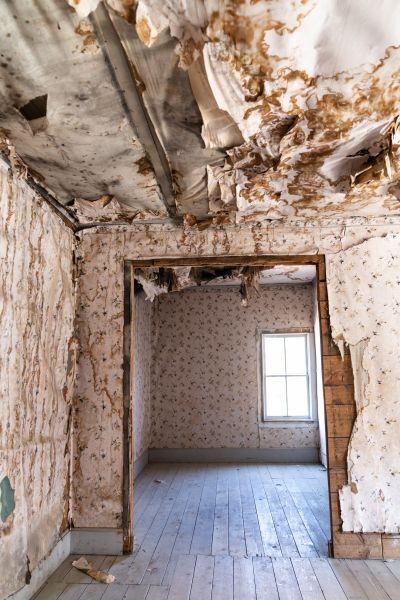
Introduction
When a fire occurs, it can leave devastating damage to your property. In addition to the immediate destruction caused by flames, smoke, and heat, there are also long-term issues that need to be addressed. One crucial aspect of fire damage restoration is performing a thorough HVAC inspection. This article will explore the importance of fire damage inspection and the role of HVAC systems in restoration.
The Importance of Fire Damage Inspection
.jpg)
After a fire, it is essential to assess the extent of the damage to determine the necessary steps for restoration. A comprehensive fire damage inspection involves thoroughly examining the affected areas, both visible and hidden, to identify potential risks and develop a restoration plan.
During the inspection, fire damage professionals will assess the structural integrity of the building, identify areas that need immediate attention, and inspect HVAC systems for any potential damage or contamination. By conducting a thorough inspection, professionals can develop a detailed plan to restore your property to its pre-fire condition.
The Role of HVAC Systems in Restoration
HVAC systems play a crucial role in fire damage restoration. They can be affected by the fire itself, as well as the smoke, soot, and water used to extinguish it. Understanding the impact of the fire on HVAC systems is essential for effective restoration.
Here are some key points to consider:

Affected Ductwork
Fire and smoke can infiltrate ductwork, spreading contaminants throughout the HVAC system. It is crucial to inspect and clean the ducts thoroughly to remove any lingering smoke particles or soot. Failure to address the ductwork can lead to ongoing health issues and the spread of unpleasant odors.
Contaminated Filters
Filters in HVAC systems can become contaminated with smoke particles and soot. These filters need to be replaced or thoroughly cleaned to restore proper airflow and prevent the circulation of pollutants within the property. Neglecting to address contaminated filters can exacerbate respiratory issues and increase the risk of fire re-ignition.
Electrical Damage
Fire can cause electrical damage, which can affect the operations of the HVAC system. It is crucial to inspect electrical components, including wiring and control panels, to ensure they are functioning correctly and replace any damaged parts. Ignoring electrical issues can lead to malfunctions and potential fire hazards.
Smoke Odor Removal
Smoke odor can linger long after a fire has been extinguished. HVAC systems can distribute these odors throughout the property if not adequately addressed. Specialized cleaning techniques and odor-neutralizing agents should be used to eliminate smoke odors from the HVAC system, ensuring a fresh and clean environment.
Choosing a Professional Fire Damage Restoration Company
Given the complex nature of fire damage restoration, it is crucial to hire a professional restoration company with expertise in handling these types of situations. Look for a company that specializes in fire damage restoration and has a proven track record of successful projects.
Choose a company that offers comprehensive services, including thorough inspections, cleaning of affected areas and HVAC systems, odor removal, and structural repairs. Additionally, ensure that the company is licensed, insured, and follows industry best practices for safety and quality.
Contact Us for Professional Fire Restoration Services
If you’re in need of professional fire damage restoration services, look no further than JGW Group Water Damage Restoration Deerfield Beach. Our experienced team is equipped to handle all aspects of fire damage restoration, including HVAC inspections, cleaning, and repairs. Contact us at 754-294-5716 or visit our website to learn more about our services and schedule a consultation.
—
What should I do after a fire occurs?
How important is HVAC system inspection after a fire?
Why is it important to choose a professional fire damage restoration company?
Important Facts and Statistics About Fire Damage
- 2019 saw a 43% decrease in structure fire deaths in one- or two-family homes and a 63% decrease in fire deaths in apartments compared to 1980. [source]
- In 2018, public fire departments in the United States responded to an estimated 1,318,500 fires, of which 499,000 occurred in structures. [source]
- The death rate in homes with no smoke alarms or working smoke alarms was reported to be almost twice as high. [source]



